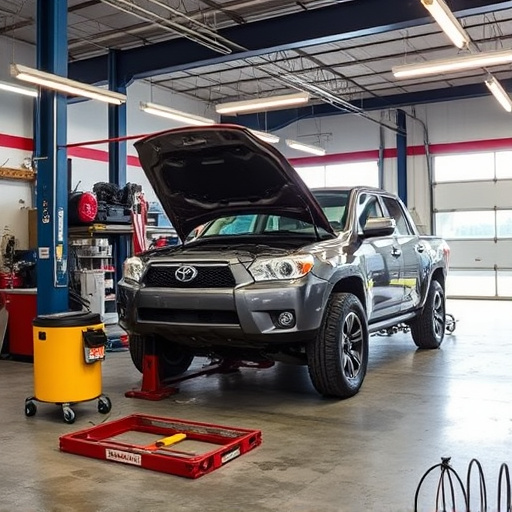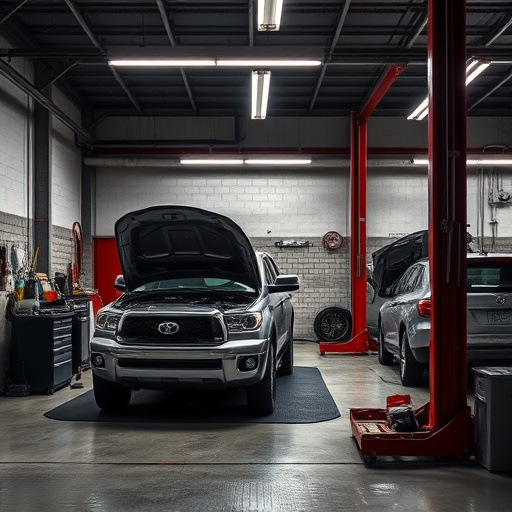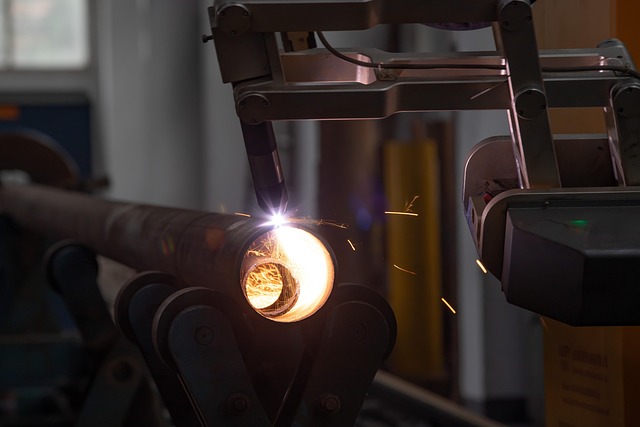Tesla factory paint codes provide essential information about vehicle models, colors, and production years. Decoding these codes aids in authentic repairs, historical vehicle evaluation, and maintaining aesthetic appeal for Tesla owners. Changes in paint quality and application over model years impact restoration efforts, while design transformations require accurate identification for collision repair professionals.
“Unravel the mysteries of Tesla’s paint palette with our comprehensive guide to factory paint codes. This article serves as a beacon for enthusiasts and potential buyers, shedding light on how these codes and model years dictate a car’s aesthetic evolution.
We demystify the decoding process, highlighting key variations across generations. Discover how Tesla’s color offerings have transformed, enabling you to make informed choices and appreciate the brand’s dynamic design journey, all centered around the captivating topic of Tesla factory paint codes.”
- Decoding Tesla's Factory Paint Codes: A Guide
- Model Year Variations: Key Differences Highlighted
- Understanding Color Changes Across Generations
Decoding Tesla's Factory Paint Codes: A Guide

Decoding Tesla’s Factory Paint Codes: A Guide
Tesla factory paint codes are a crucial indicator of a vehicle’s authenticity and quality. Each code is meticulously assigned to represent specific colors, finishes, and production details. By understanding these codes, car enthusiasts and potential buyers can gain valuable insights into the make and condition of a Tesla model. The system typically includes a combination of letters and numbers that correspond to various elements, such as base colors, special effects, and even the year of manufacture.
When it comes to luxury vehicle repair, especially for Teslas, knowing these codes is essential for accurate fender repair or hail damage restoration. Proper identification ensures that the replacement paint perfectly matches the original factory specifications. Whether you’re considering purchasing a used Tesla or simply curious about its history, decoding these codes can provide a transparent view of the vehicle’s past and help in making informed decisions, particularly when it comes to luxury vehicle repairs like those for damages sustained during harsh weather conditions.
Model Year Variations: Key Differences Highlighted

Model Year Variations play a crucial role in understanding Tesla’s production and quality control processes, as well as the aesthetic differences between vehicles. Key differences can be highlighted through examining Tesla factory paint codes, which are unique identifiers assigned to each color option. These codes not only signify the available colors but also reveal variations in finish quality and application techniques over different model years. For instance, a particular shade might have a slightly different hue or saturation in 2022 compared to 2021 due to adjustments in manufacturing processes.
Furthermore, understanding these variations is essential for enthusiasts and owners looking to maintain or restore their Tesla’s original appearance. Even minor changes in paint codes can impact the overall look of a vehicle, especially when considering common incidents like fender benders or collision repair services. Knowing the specific code for a given year and color ensures that any repairs or touch-ups are performed accurately, preserving the car’s authenticity and aesthetic appeal, much like fixing a minor car scratch repair to maintain a flawless finish.
Understanding Color Changes Across Generations

Tesla’s vehicle designs have evolved significantly over the years, leading to noticeable changes in color options and aesthetic details. Understanding these transformations is key when identifying paint codes and pinpointing specific model years. Each generation introduces unique variations, from new color palettes to subtle body style adjustments. For instance, a particular shade might be exclusive to an early Model S, while a later Model 3 may feature a more extensive range of colors due to evolving market trends and customer preferences.
These changes can be attributed to various factors, including advancements in paint technology, regulatory updates, and design philosophies. As Tesla continues to innovate, keeping track of these variations is essential for both enthusiasts and professionals in the automotive collision repair or body shop services industry. Knowing the nuances of color changes across generations ensures accurate identification of models and facilitates efficient work processes at auto repair shops.
Tesla’s factory paint codes and model year variations offer valuable insights for car enthusiasts and collectors. By understanding these, you can decipher not only the exact color of a vehicle but also its production timeline and potential generational differences. This knowledge ensures that buyers make informed decisions, especially when seeking specific aesthetic preferences or historical accuracy in Tesla models.














